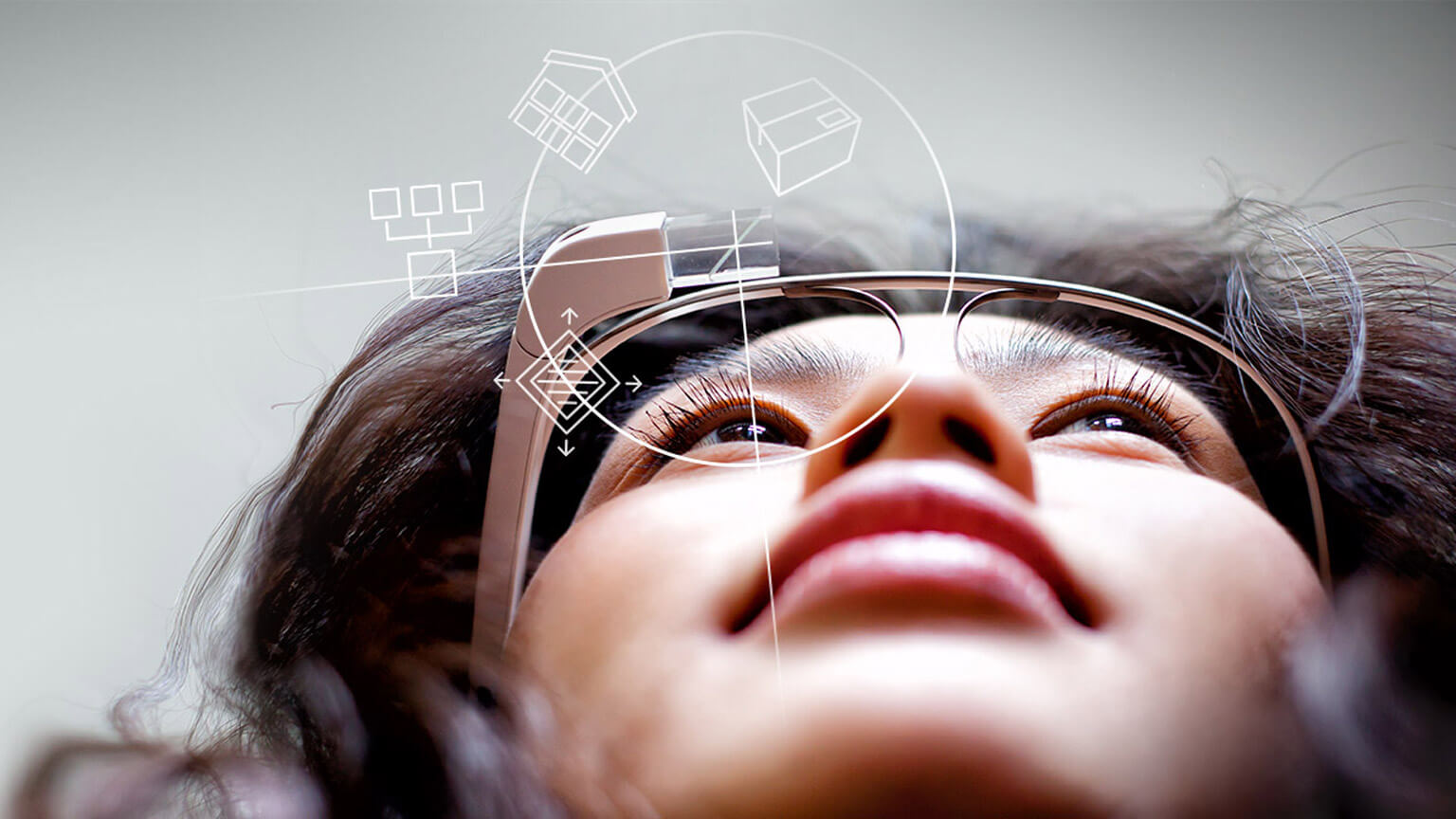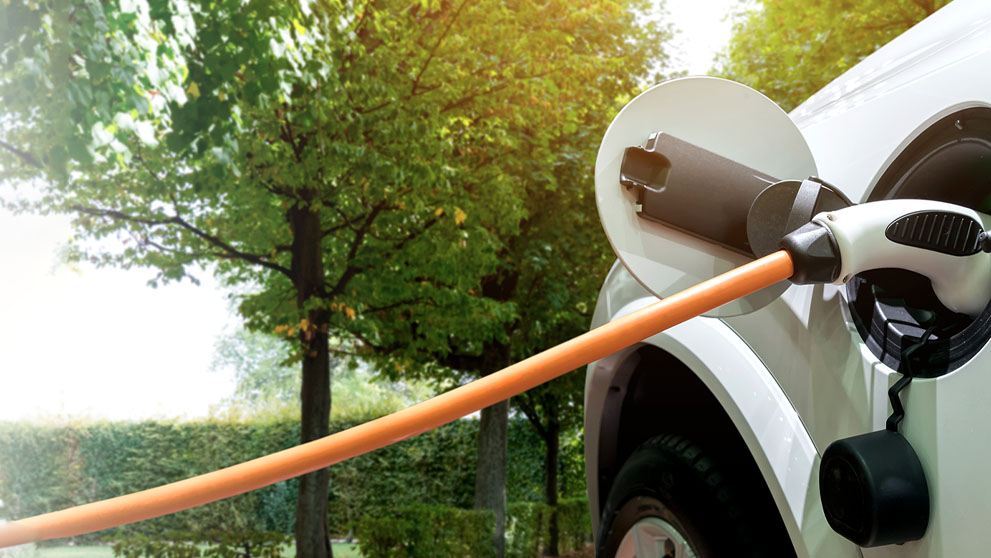Far from being the stuff of science fiction movies, augmented reality is part of our everyday lives. Some augmented reality (AR) tools focus on fun, but others are boosting productivity in logistics and supply chain management.
“Check this out, grandpa!” A six-year-old visiting his grandparents has a new party trick. He borrows his dad’s smartphone, installs Snapchat, and sets up a selfie with Grandpa. Nothing new for Grandpa so far, who has been known to snap a few silly selfies to post himself.
“Now watch!” The boy says.
When we cease to marvel at new technology and simply integrate it into our lives, it’s a sign we’ve embraced it. At face value, smartphones, televisions – even the printing press – are still remarkable innovations, though we have long taken them for granted.
AR is one of those technologies. Perhaps a novelty at first, the day is coming when we will not be able to envision our lives without augmenting our reality.
We’re already starting to see this. Apps that allow you to place virtual furniture in your actual house to see how it will fit, are replacing the aggravating practice of measuring space and driving to the store to see what has the right dimensions. We try on clothes without actually wearing them; a virtual outfit on your real body.
As useful as these applications of AR may be, they do not reach the level of technology we would use on a daily basis. Even the dog filter gets old after a while, making that particular use of AR fun, but not essential.
But there are cases where AR provides such a benefit that there will be no going back to the way we used to do things in boring, old reality. Engineers can gain much more detailed views of their work using augmented reality, and the uses of AR technology in the medical field is helping doctors perform more precise diagnosis and procedures.
Most of us know AR technology through smartphone applications, but the true technological leaps come in the hands-free variety through eyewear.
This use of the technology means we can answer the question, 'what information would be useful to me right now based on whatever I’m looking at?', simply by adding the data to our existing field of vision on a pair of glasses.
Once we’ve posed that question, and we know it is conceivable to actually put this information onto a display that we wear, a whole new world of possibilities is available. Wouldn’t it be useful to have the ingredients to a recipe right in front of your eyes when cooking? What about a grocery list and directions to each item in the supermarket? It would save the endless hikes up and down searching for that last, elusive carton.
The latter example provided the inspiration for a pilot project launched by DHL in their supply chain warehouses. These warehouses are used by customers to store parts and other inventory items. A company that delivers car parts, for example, may have thousands of physical items on hand in a warehouse but may only need a few at any given time. Even the best-organized warehouses require a manual search and retrieval system to find these items, which involves comparing a ‘shopping list’ of items with their physical location in a warehouse.



















